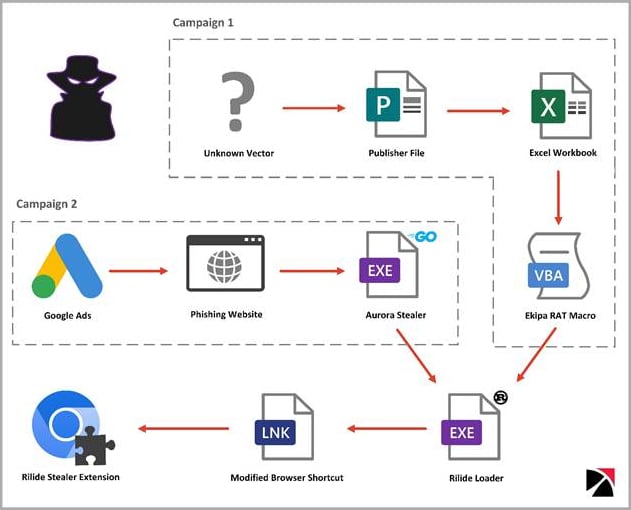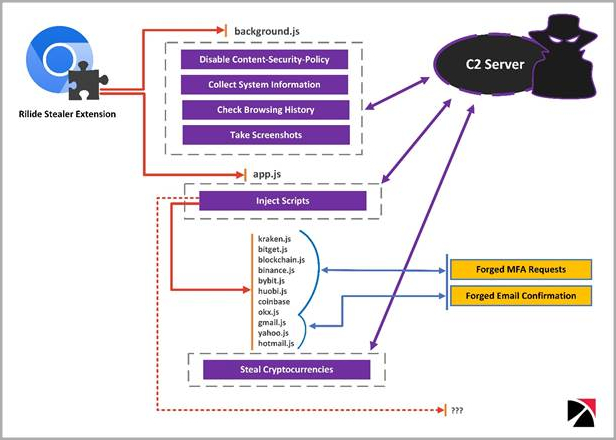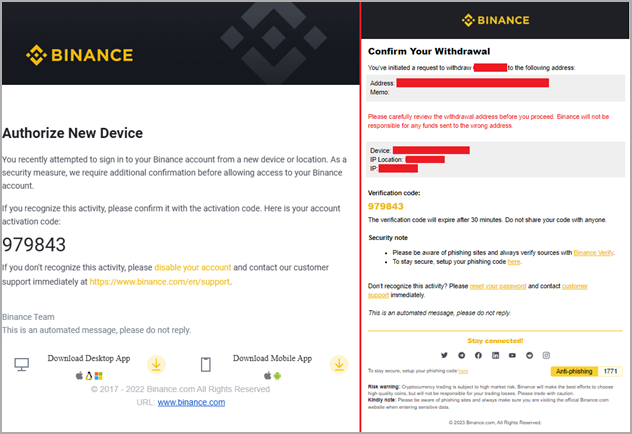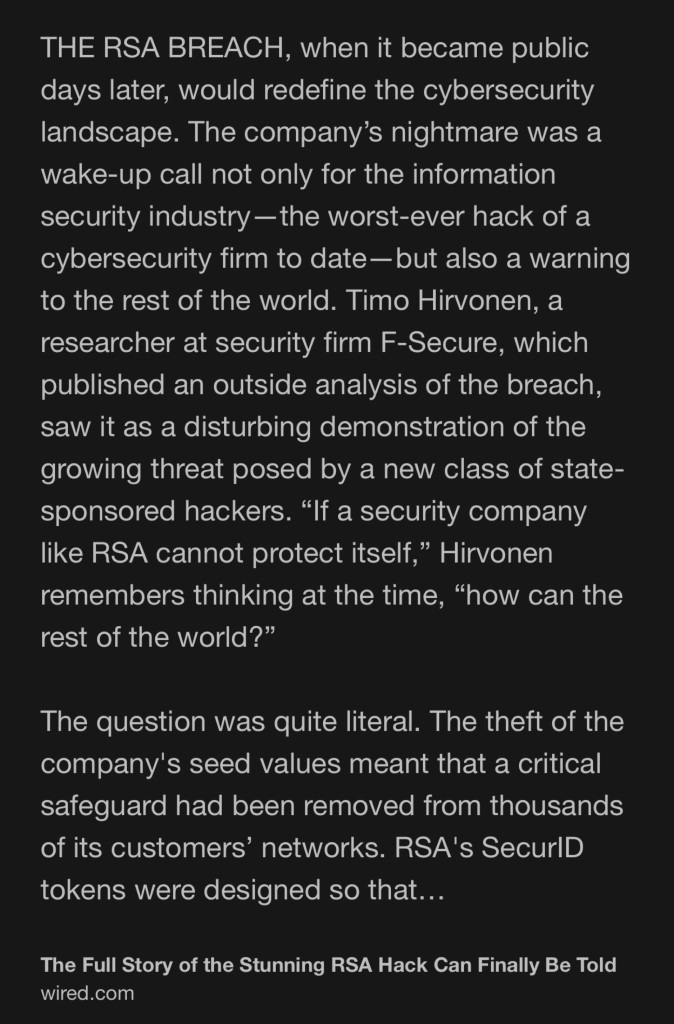Tycoon 2FA, a recently emerged Phishing-as-a-Service (PhaaS) platform, targets Microsoft 365 and Gmail accounts, which leverage an Adversary-in-the-Middle (AitM) technique to steal user session cookies, bypassing multi-factor authentication (MFA) protections.
By acting as an intermediary between the user and the legitimate login page, Tycoon 2FA captures cookies that grant attackers unauthorized access to compromised accounts and cloud services, even if additional security measures are implemented.
The Tycoon 2FA phishing kit received an update in March 2024, specifically designed to bypass security defenses, and the update enhanced the kit’s evasion capabilities through obfuscated JavaScript and HTML code, making the code unreadable, hindering analysis.

On Telegram, it sells pre-made phishing pages targeting Microsoft 365 and Gmail credentials, which lowers the technical barrier for attackers by offering easy-to-use templates.

The attack works through a reverse proxy, capturing login credentials and relaying them to the real service to bypass the login page, as the attackers steal the session cookies returned during successful logins, granting unauthorized access even with MFA enabled.
It facilitates credential theft by bypassing multi-factor authentication (MFA), and attackers use various lures such as emails with fake authentication links, voicemail-themed threats, and PDFs with QR codes leading to phishing pages.
.webp)
The pages often include CAPTCHAs to appear legitimate and steal login credentials and MFA tokens. Security researchers at Proofpoint identified rules to detect Tycoon landing pages based on these tactics.
AI-powered behavioral analytics and a URL sandbox are used to identify and block malicious landing pages and phishing activity associated with Tycoon 2FA and similar threats that are achieved by combining threat intelligence with machine learning to recognize suspicious behaviors.
Global threat intelligence feeds give information about bad infrastructure, which helps defenders stop known and new threats before they happen by making it easier to find them, fix problems, and manage human risk when it comes to new phishing techniques.
InfoSec services | InfoSec books | Follow our blog | DISC llc is listed on The vCISO Directory | ISO 27k Chat bot









![Multifactor Authentication for E-Commerce: Risk-Based, FIDO Universal Second Factor Implementations for Purchasers by [National Institute of Standards and Technology]](https://m.media-amazon.com/images/I/410kkIFIBlL.jpg)










